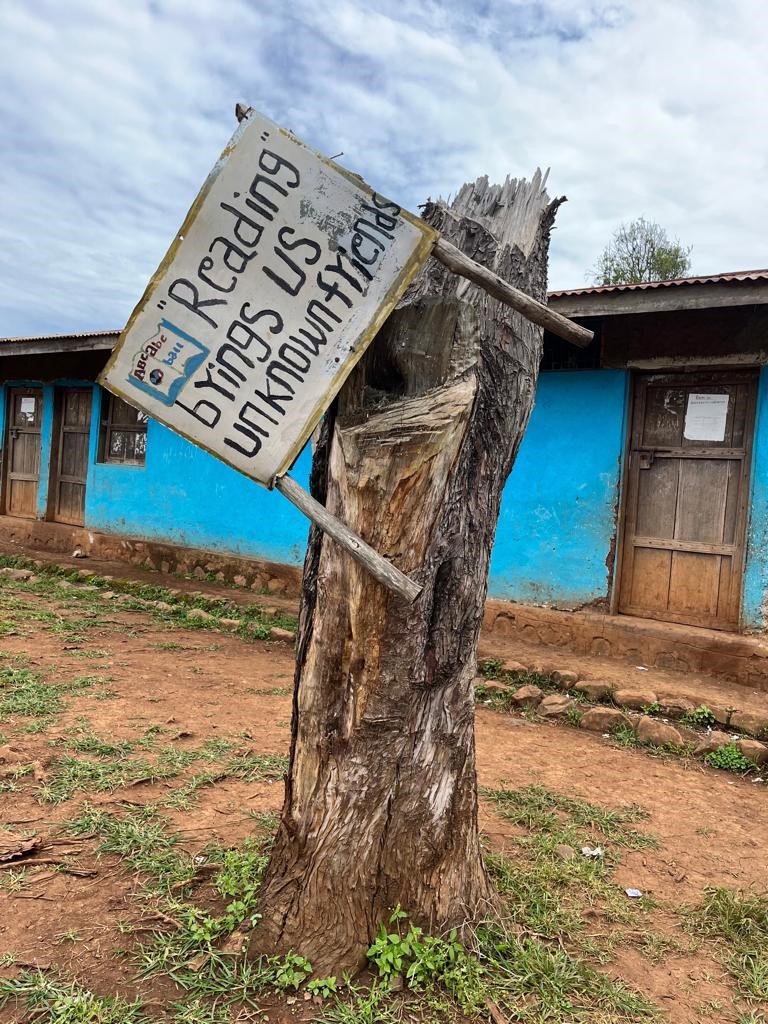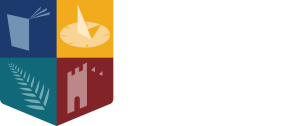Author: Taika Fantaye, MA International Development Participant

I’ve started a journey of my own critical reflection for social change, a transformation inspired by the seminal work of Freire and Horton titled “We Make the Road by Walking” (1990), a concept I explain back to myself as, “thinking the walk and walking the thought”. I am an economist by training and a participatory development practitioner for too long, these two facets of my life existed in separation, seldom finding a common ground or meaningful solutions towards each other. Although academia provided me with theoretical knowledge, it was delivery that taught me the harsh realities of the world that my education had not fully prepared me for.
Today, settled in Ireland, in a learner-centric MU Department of International Development, surrounded by classmates coming from diverse countries and settings, we are empowered to challenge the development knowledge we have saved from the banking system of our past. And so, I lay down the truths I was taught to know and critically reflect on them and choose if I hold on to or unlearn them in my path forward.
One world but two realities
I want to reflect on the photograph to the right, captured by a group of friends and I when exploring the rugged landscape of Ethiopia’s rural heartland while visiting a rural primary school last summer. The image is of a weathered sign barely hanging on a tree revealing a quote by the celebrated French novelist and playwright Honoré de Balzac. I am struck by the contrast of lens I’m critically reflecting through now rather than my initial contentment with the newly constructed classrooms that my then-self had at the time.

In the heart of Ethiopia’s Kaffa zone, embellished with heavenly greenery and rolling hills, lies an impoverished community where children from humble backgrounds, dressed in worn-out clothes and clutching tattered books, travel long distances on semi-functional, muddy roads towards an under-resourced school that serves as the sole educational institution for the entire town. The pursuit of education is not without its challenges as classrooms are conducted in morning and afternoon shifts to accommodate the growing number of students. The school’s resources are stretched thin and quality of education often suffers. Within the confines of their mud-brick classrooms and a quasi-library filled with hand-me-down books, they find solace from the harsh realities that surround them. Their challenges extend beyond these school gates. Healthcare services in the community are inadequate, evidenced by the distressed experience of my guide who had to evacuate a malaria-infected individual to the nearest town on a motorcycle. Despite the government’s efforts to extend electricity to the region, many households remain in the dark. Local investors have made humble attempts to improve infrastructure, but their contributions seem but a drop into the ocean of need.

The legend of coffee’s origins traces back to Kaffa, and since its discovery, one of the highest grade has been cultivated in nearly every corner of it and in other regions of the country. It is Ethiopia’s top export commodity, generating a USD 1.3 billion revenue for the 2022/23 fiscal year , accounting for the lion’s share of the nation’s hard-earned foreign exchange. It employs nearly 25 percent of the labour-force from the overall 120 million population whilst smallholder farmers produce over 90 percent of the country’s coffee production. Ethiopia is also the world’s third-largest producer of Arabica coffee in 2023 . For a country under tight fiscal stature and trade imbalance, there is a strong determination to improve exports and its earnings by policies and structures that mandate the export of all good coffee and achieve its ambitious fiscal goals and make the country a destination for coffee tourism. Growth was registered at a national level, yet such policies and structures failed to transform the quality of life the producers led.
In 2021, the world collectively sipped 178 million bags of coffee, each weighing 60 kilograms, translating to an estimated 600 billion cups (of 250ml). Europe, Asia and Pacific, and North America emerged as the leading coffee-consuming regions. This consumption is projected to increase further by 2024, fuelled by a flourishing coffee culture that embraces sophistication in their beverage . It’s not uncommon to encounter individuals proudly holding signature coffee mugs at work or school. Traders, both in coffee-producing and consuming nations, are therefore actively engaged in efforts to augment the volume and sources of premium coffee. They remain committed to securing top-quality beans, even at a premium, to maintain their profit driven capitalist enterprises.

The concept of Fairtrade, though interpreted differently by many, was introduced into the coffee value chain as a corrective measure to address the issue of unfairly compensated farmers for their produce and labour. It legitimized the practice of paying a premium for products bearing this certification, distinguishing them from those that lack it.
In an era of heightened social consciousness, it is heartening to witness a surge of responsible and conscientious coffee aficionados who are willing to pay an additional euro for a pack of coffee that upholds ethical standards i.e. driven by the belief that this certification guarantees relief from unfair exploitation of people and nature. Many discourses of community development projects and increased cents for payments reported by sector actors overcrowd our attention when we are consuming. But do we ever pause and wonder if and how that extra euro value is trickled back to the producer? Highly unlikely. We are thousands of miles away from the producers such as those in Ethiopia and seldom do we use our power as consumers to demand such transparency from those that took agency of value re-distribution.
Who is “the 1 percent”?
The global coffee value chain is a complex system with a long history of power imbalances. A recent study delving into the evolution and power dynamics within the global value chain revealed that despite the changing roles played by various actors, income distribution from the value chain remains heavily skewed towards consumer countries, primarily dominated by the power of coffee roasters. It further highlighted that the inherent inequality between northern buyers and southern producers persists, with no meaningful progress towards equitable distribution (Grabs and Ponte, 2019). My effort to reflect on this power dynamic in the coffee value chain is presented in the diagram below.

While many claim to champion the farmer’s cause, the reality remains that the gains from the coffee value chain has disproportionately enriched the top end tier of the trading chain. The farmers, the very foundation of this system, find themselves marginalized from its profits and their voices silenced from the value they create. Despite the conscientious efforts of responsible consumers, these individual producers, often indigenous to these ancestral lands and traditional cultivation practices, remain unable to secure a decent living for their families. Despite multiple development efforts, none is yet to succeed in transforming such inequalities and tokenistic practices that perpetuate the barely existent form of education infrastructure, healthcare and quality of life.
My critical reflection journey remedied my unintended ignorance and portrayed the messy and complex truth about my world that I would not have dared to explore before. Perhaps today as we collectively sip the caffeine that has transformed our everyday lives, I lay my reflection to you as a form of voicing of such inequality should it one day stir meaningful change and relieve the burden of the children and community whom through Balzac’s quote hang on to the hope that education can transform the world.

Finally, I wish to leave you with a recent quote on a term called maldevelopment from, “Pluriverse, a post-development dictionary”, which we are reading in our critical learning and development journey that prompted me to write this blog;
(Tortosa, 2019: 9)
Image credits
All images taken by Taika Fantaye except final (coffee machine) image which carries https://creativecommons.org/publicdomain/mark/1.0/
